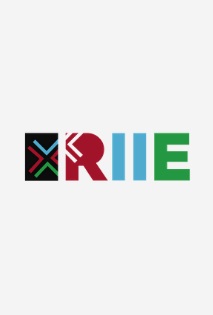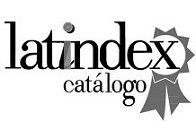El Conocimiento Didáctico Tecnológico del Contenido (CDTC) en docentes universitarios. Imágenes y modos de expresión en las prácticas áulicas
DOI:
https://doi.org/10.30972/riie.8113640Palabras clave:
Modelo CDTC, praxis con TIC, integración curricular de las TIC, estudio de casos múltiplesResumen
Presentamos resultados preliminares en el marco del proyecto de investigación: “La construcción del conocimiento didáctico del contenido en profesores experimentados y principiantes de la Universidad Nacional del Nordeste. Estudio de casos múltiples”; específicamente en torno a las visiones que del Conocimiento Didáctico Tecnológico del Contenido sustentan profesores/as y sus modos complejos de manifestarse en las prácticas de asignaturas de Profesorados y Licenciaturas de la Facultad de Humanidades. En esta oportunidad, ubicamos el análisis en las imágenes acerca del uso de las tecnologías en la enseñanza y su incorporación efectiva a un ciclo didáctico concreto. La propuesta teórica que asumimos es el Modelo CDTC (“Conocimiento Didáctico Tecnológico del Contenido”). Adoptamos como estrategia metodológica al estudio de casos múltiples, para su construcción empleamos la revisión y análisis de documentos profesionales (CV y planificaciones), entrevistas semi estructuradas y observación no participante de Clases. Los casos están constituidos por docentes de tres (3) asignaturas. El predominio de uso de las tecnologías asimilativas (apoyo a la exposición), da cuenta de una cultura profesional que aún no ha logrado internalizar el modelo CDTC en la unidad académica.
Descargas
Descargas
Publicado
Cómo citar
Número
Sección
Licencia
Aquellos autores/as que tengan publicaciones con esta revista, aceptan los términos siguientes:
- Los autores/as conservarán sus derechos de autor y garantizarán a la revista el derecho de primera publicación de su obra, el cuál estará simultáneamente sujeto a la Licencia de reconocimiento de Creative Commons que permite a terceros compartir la obra siempre que se indique su autor y su primera publicación esta revista.
- Los autores/as podrán adoptar otros acuerdos de licencia no exclusiva de distribución de la versión de la obra publicada (p. ej.: depositarla en un archivo telemático institucional o publicarla en un volumen monográfico) siempre que se indique la publicación inicial en esta revista.
- Se permite y recomienda a los autores/as difundir su obra a través de Internet (p. ej.: en archivos telemáticos institucionales o en su página web) antes y durante el proceso de envío, lo cual puede producir intercambios interesantes y aumentar las citas de la obra publicada. (Véase El efecto del acceso abierto).






.jpg)


